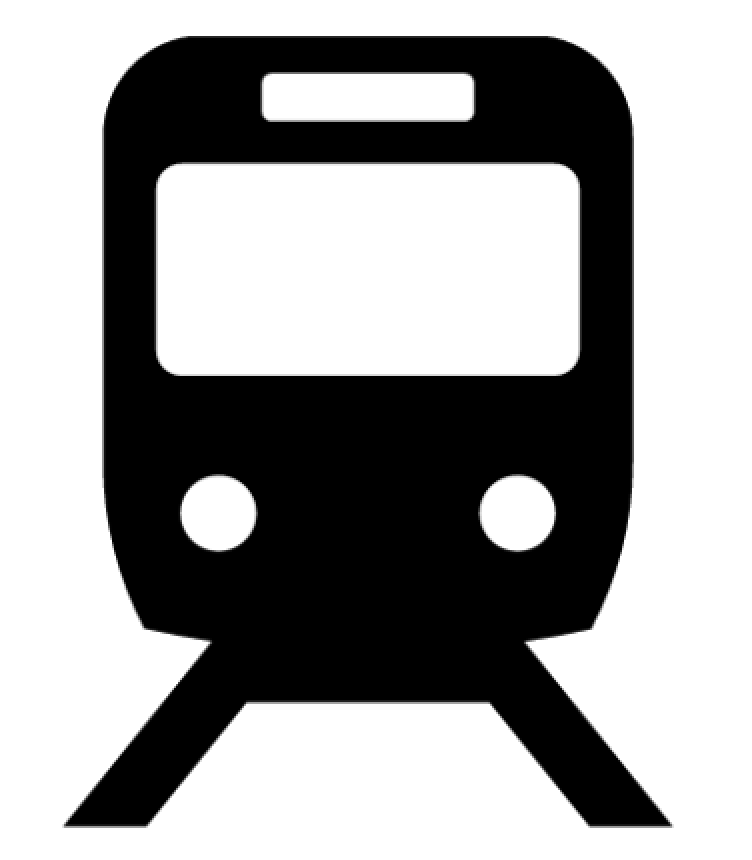| Re: Heritage railways and how they connect with the larger infrastructure Posted by Sulis John at 12:48, 27th August 2025 |     |
One major difference between UK heritage railways and the majority of the German narrow gauge steam lines is that the latter were mostly transferred as “going concerns” from DB to a “private” company (in most cases probably majority local authority owned, complete with subsidies, possibly lucrative contracts for schools traffic etc. They are also almost exclusively in areas that qualify/qualified for numerous EU grants. As such their financing structure bears little resemblance to what we would understand as a heritage railway. The German equivalents of those look enviously across the channel…
| Re: Heritage railways and how they connect with the larger infrastructure Posted by Witham Bobby at 12:15, 27th August 2025 |     |
The UK - or perhaps I should say England? - seems to be very good at providing reasons why things can't happen.
Many so-called heritage railways here are in some sort of financial difficulty at the moment. There's a recent thread on https://www.railforums.co.uk/ on this topic. It's rather dismal reading; contributors suggestions seem to include retrenchement - fewer operating days or trimmed timetables - and more drift away from being a genuine heritage railway towards some sort of sedate fairground ride "experience".
Another thread discusses main-line links. Again:,dismal reading: not worth the effort. Few passengers for the cost and effort etc. ( I have to say in this context that the main line railway hasn't helped -a thought that I may develop later).
When Grahame mentioned the Mollibahn (another line to the coast), I started to wonder about its business model. Its summer timetable (which runs until 2nd November) starts at 0640, with a nearly hourly service until the last train arrives back at 19:24. Seven days a week, I believe; and the railway's PDF timetable shows connecting train services.
Many so-called heritage railways here are in some sort of financial difficulty at the moment. There's a recent thread on https://www.railforums.co.uk/ on this topic. It's rather dismal reading; contributors suggestions seem to include retrenchement - fewer operating days or trimmed timetables - and more drift away from being a genuine heritage railway towards some sort of sedate fairground ride "experience".
Another thread discusses main-line links. Again:,dismal reading: not worth the effort. Few passengers for the cost and effort etc. ( I have to say in this context that the main line railway hasn't helped -a thought that I may develop later).
When Grahame mentioned the Mollibahn (another line to the coast), I started to wonder about its business model. Its summer timetable (which runs until 2nd November) starts at 0640, with a nearly hourly service until the last train arrives back at 19:24. Seven days a week, I believe; and the railway's PDF timetable shows connecting train services.
Having sat across the "negotiating" table from BR Divisional Management at Bristol attempting to get WSR trains into and out of Taunton (it would have been so much easier back then, with an independent line in the form of the old Up Relief, available from the junction at MP 165.25 all the way into the bay platforms on the Up side at Taunton) I think the attitude of the Big Railway is always going to be a huge part of the problem.
I was told that, having shut the branch, the BR folks didn't want it to open again so that their error would be exposed. The huge costs for what was then known as a Running Powers Agreement, and for the initial alterations to the layout and signalling were non-negotiable, and completely unrealistic for the 1970s WSR to afford
I suspect the BR Management didn't want to force a confrontation with the NUR, either. The union had "blacked" the WSR, with the aim of safeguarding the jobs of NUR member bus drivers at Taunton and Minehead
| Re: Heritage railways and how they connect with the larger infrastructure Posted by grahame at 19:58, 23rd August 2025 |     |
When Grahame mentioned the Mollibahn (another line to the coast), I started to wonder about its business model. Its summer timetable (which runs until 2nd November) starts at 0640, with a nearly hourly service until the last train arrives back at 19:24. Seven days a week, I believe; and the railway's PDF timetable shows connecting train services.
Kuhlungsborn has a population of around 8000 and is a smart residential town with plenty of very nice homes within very easy walking distance of the station - train into Bad Doberan with a connection onward to Rostock and also one on to Wismar. Rostock is a substantial working city. Buses also run and it's very much a suburban / commuter town into Rostock that Minehead probably isn't for those reliant on public transport into Taunton.
Plenty of hotel / leisure traffic outbound to both Kuhlungsborn and Heiligendamm and towns that are naturally set up for public transport, cycling, walking.
Some pictures from earlier this year and from last ... one streetview too as I didn't take any pictures in the streets near the station.
Edit to add - 3 stations (east, middle, west) along the line in Kuhlungsborn. Each - I think - with a close area of residential housing around them for train commutes, and an early Monday to Friday train all year into Bad Doberan.
Further edit to add - there is a tourist (room) tax in the wider Rostock area - and on paying in visitors are issues with a bus and tram (?train ?not Mollibahn) ticket covering the duration of their stay. I suspect in makes a difference as to whether people park up or use public transport during their stay, and to the finances of the whole operations.






| Re: Heritage railways and how they connect with the larger infrastructure Posted by Chris from Nailsea at 16:52, 23rd August 2025 |     |
This discussion is going to be more general than "Minehead Rail Link Group" - should it be split off?
No sooner said than done, Trowres.

Thank you for your post. CfN.
| Heritage railways and how they connect with the larger infrastructure Posted by Trowres at 15:50, 23rd August 2025 |     |
The UK - or perhaps I should say England? - seems to be very good at providing reasons why things can't happen.
Many so-called heritage railways here are in some sort of financial difficulty at the moment. There's a recent thread on https://www.railforums.co.uk/ on this topic. It's rather dismal reading; contributors suggestions seem to include retrenchement - fewer operating days or trimmed timetables - and more drift away from being a genuine heritage railway towards some sort of sedate fairground ride "experience".
Another thread discusses main-line links. Again:,dismal reading: not worth the effort. Few passengers for the cost and effort etc. ( I have to say in this context that the main line railway hasn't helped -a thought that I may develop later).
When Grahame mentioned the Mollibahn (another line to the coast), I started to wonder about its business model. Its summer timetable (which runs until 2nd November) starts at 0640, with a nearly hourly service until the last train arrives back at 19:24. Seven days a week, I believe; and the railway's PDF timetable shows connecting train services.
This discussion is going to be more general than "Minehead Rail Link Group" - should it be split off?










